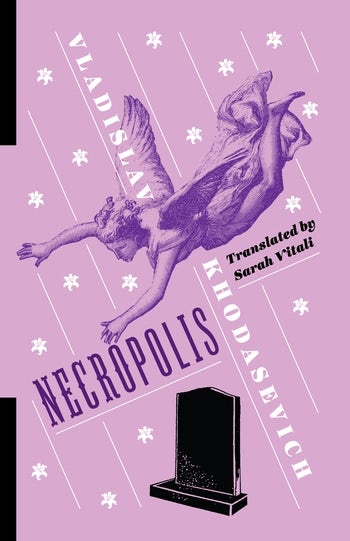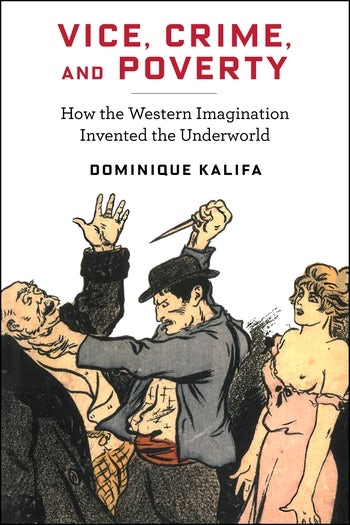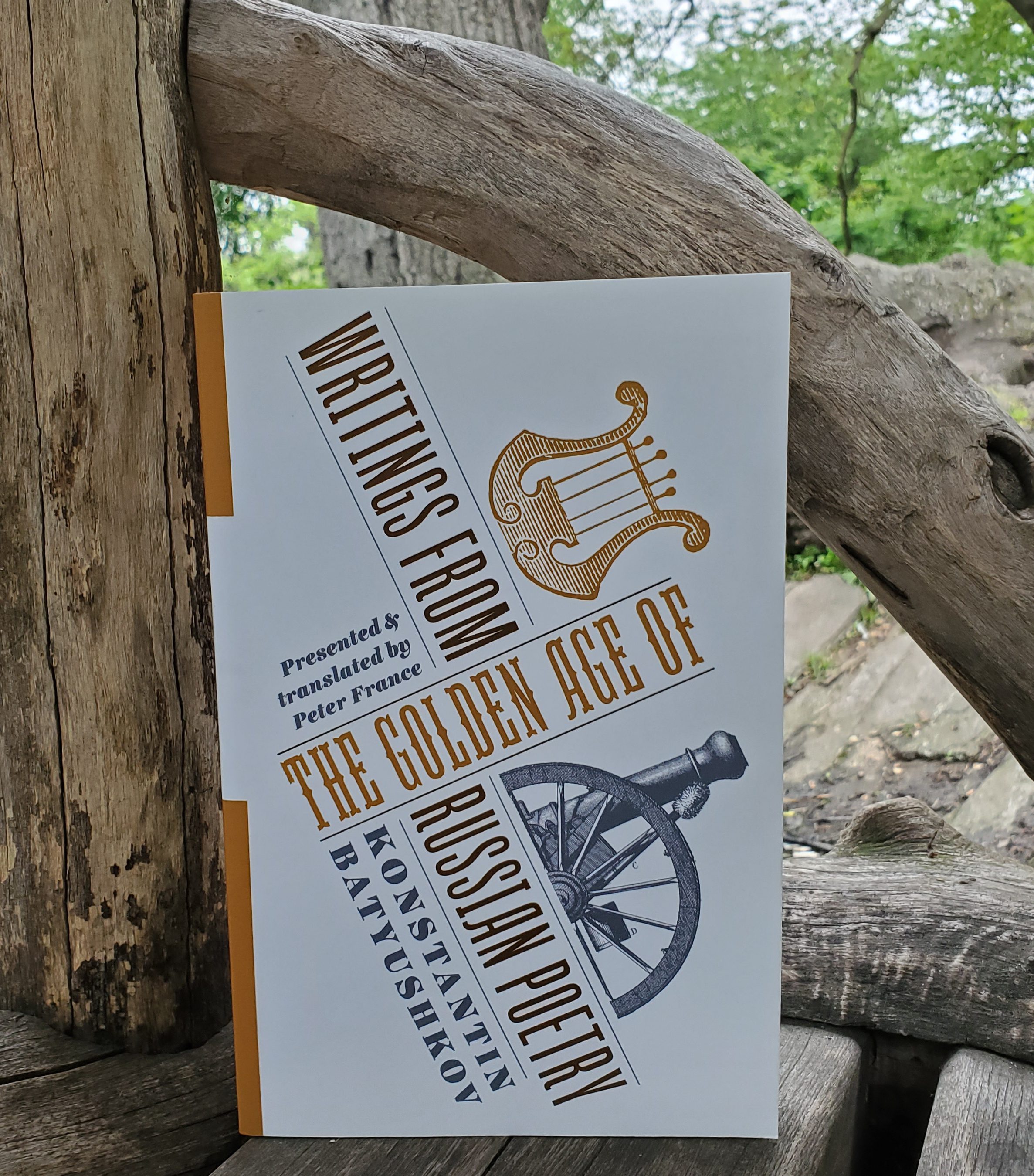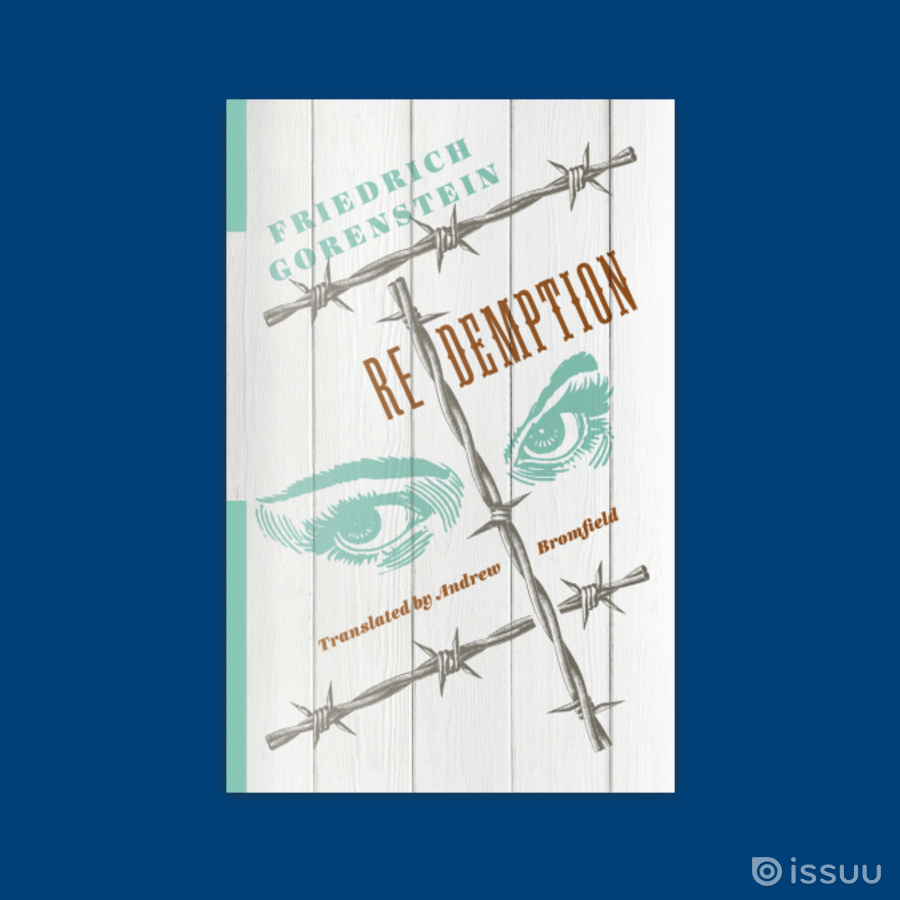Sarah Vitali on Necropolis

“Khodasevich’s crystalline, mordant prose is skilfully handled by Sarah Vitali, who has done justice to the text and supplemented it with a wealth of endnotes that illuminate its more allusive and evasive moments. The edition also benefits from a stylish introduction by David Bethea, which strikes perfectly a balance of engaging readability and in-depth critical insight.”
~ Bryan Karetnyk, Times Literary Supplement
Today’s National Translation Month feature is our new edition of Vladislav Khodasevich’s memoir Necropolis, translated by Sarah Vitali. The book, written throughout the 1920’s and 30’s, is a literary graveyard in which the entire movement of Russian Symbolism is buried. In this guest post, Vitali offers further background and insight into the timeless implications of Khodasevich’s work.
Enter our drawing for works of life writing in translation for a chance to win a copy of Necropolis!
• • • • • •
In English, the word “necropolis” conjures up images of imposing tombs spread out as far as the eye can see, an extravagant city built not for the living, but for the dead. In Russian, however, the word “nekropol’” doesn’t just refer to the necropolis in the sense of an ancient cemetery; it was also the word once used to head up the obituary sections of Russian journals and newspapers. In this way, “necropolis” not only evokes the majestic, distant monuments that the people of the past built to honor their dead, but the everyday verbal monuments that we construct for one another as well.
Written across three countries, five cities, and fourteen years (1924—1938), Vladislav Khodasevich’s memoir Necropolis is a monument not just to an important literary movement, Russian Symbolism, but also to its casualties: the people who suffered and, in all too many cases, died while attempting to fulfill its artistic call. The Russian Symbolists were an eccentric set of people; the art that they produced was mystical and moody. One of the key concepts of the Symbolist era was “life creation” (“zhiznetvorchestvo”), the belief that a person should live their life in such a way that it becomes a work of art. To quote Khodasevich, the history of Symbolism “…consisted of a series of events – at times, truly heroic ones – to discover the proper alloy of life and art: a philosopher’s stone of art, if you will.” Perhaps this quest wouldn’t have had such dire consequences if the art the Symbolists favored weren’t so dramatic and dark: as it was, many of its practitioners fell prey to depression and drug addiction; some of them ultimately killed themselves. They dealt with the tumultuous years around the Russian Revolution with varying degrees of success and assimilation into the new society.
“Necropolis is a monument not just to an important literary movement, Russian Symbolism, but also to its casualties: the people who suffered and, in all too many cases, died while attempting to fulfill its artistic call.”
Necropolis opens with the story of Nina Petrovskaya, Khodasevich’s friend and a minor Symbolist poet. Though she is not particularly well remembered for her poetry, she did play a significant role in the history of the Symbolist movement. In Khodasevich’s words, “Her gift for literature wasn’t great. Her gift for living was immeasurably greater.” She ended up in the middle of a tragic love triangle, with her own fate as its primary tragedy. Having been romantically involved with Symbolism’s golden boy, the young Andrey Bely (author of the groundbreaking Symbolist novel Petersburg), she found herself thrown over, and, in her desperation, sought comfort in the attentions of Valery Bryusov, the power-hungry organizing figure behind the Symbolists, who encouraged Petrovskaya’s darker side, up to and including engagement in occult rituals. Bryusov repurposed the story of his relationships with Petrovskaya and Bely into a pseudo-gothic novel: The Fiery Angel. But, by declaring Petrovskaya’s storyline finished while she was still very much alive, Bryusov left her at loose ends: she lost her sense of purpose. After years of suffering, she took her own life in 1928.
Translating this memoir gave me some time to reflect on the question of who we choose to memorialize and why. It isn’t a coincidence that Khodasevich decided to lead with Petrovskaya’s story: by doing so, he colors the sections that follow with an awareness of the very real pain that certain “great men” cause. Petrovskaya’s story is a cautionary tale of what happens when we allow the stories that we tell about ourselves to become more important than our own lives and happiness; it is also a reminder that we cannot look back on famous figures like Bely and Bryusov without remembering that they have blood on their hands.
“Khodasevich’s achievement in Necropolis is to demystify and deromanticize these mirrored processes, to prioritize the person rather than the persona.”
Getting caught up in one’s own biography can be dangerous for the powerful as well as for the powerless. Necropolis begins with the story of Nina Petrovskaya, but it closes with a portrait of the noted socialist realist writer Maxim Gorky, who is best known for his play The Lower Depths and his complicated relationship with the early Soviet state. Gorky, too, was deeply concerned with the idea of personal narrative. Khodasevich describes how Gorky became a slave to his own revolutionary biography:
Often, all too often, he was made to feel that he himself was a sort of mass illusion, a part of the “golden dream” that he had once inspired and that he now had no right to destroy….A great many times, when he was doing something that wasn’t to his liking or something that went against his conscience, or, on the contrary, during those times when he was holding himself back from doing something that he felt like doing or that his conscience prompted him to do, he would say, with melancholy, with a grimace, with a vexed shrug of his shoulders: “You can’t, you’d spoil the biography.” Or, “What can you do? You have to, or else you’ll spoil the biography.”
Though he appreciated Gorky’s generous spirit, which helped many artists to survive through years of hunger and want, Khodasevich did not approve of Gorky’s tenuous relationship with the truth, which at times took a traumatic toll on those around him. And ultimately, Gorky himself seemed to crave a genuine accounting of his own life and character. At the end of Necropolis, Khodasevich recalls:
Before sending my reminiscences about Valery Bryusov to the editors of Contemporary Annals, I read them aloud to Gorky. When I had finished reading, he said, after a pause: “What you’ve written is harsh, but – magnificent. When I die, please write something about me.”
“All right, Aleksei Maximovich.”
“You won’t forget?”
“I won’t forget.”
What we see in Petrovskaya’s story – the self-destructive desire to craft one’s own life into a tragic, yet meaningful narrative – finds a parallel in Gorky’s compulsion to act in accordance with the revolutionary biography that has been drafted for him, no matter what the cost. Khodasevich’s achievement in Necropolis is to demystify and deromanticize these mirrored processes, to prioritize the person rather than the persona.
The idea of crafting our lives into compelling narratives is not at all foreign to us now, particularly as social media allows us to present perfected, if not entirely fictional, versions of our own lives. We all engage in our own self-fashioning projects; tools like Instagram and Twitter just make it easier for those projects to become more accessible to a wider audience. While such self-fashioning and narrativizing ventures can be compelling and culturally valuable, they come, at times, at a cost: to our mental health, to our happiness, to our relationships. Though seemingly specific to a particular time and set of people, Khodasevich’s text reminds us of the importance of reflecting on our lives with clarity, and of prioritizing humanity – our own and that of those around us – over a good story.
Necropolis is a new release from our Russian Library series, which includes an expansive selection of Russian literature in English translation. Learn more about the series and save 30% when you use coupon code: CUP30 at checkout!








